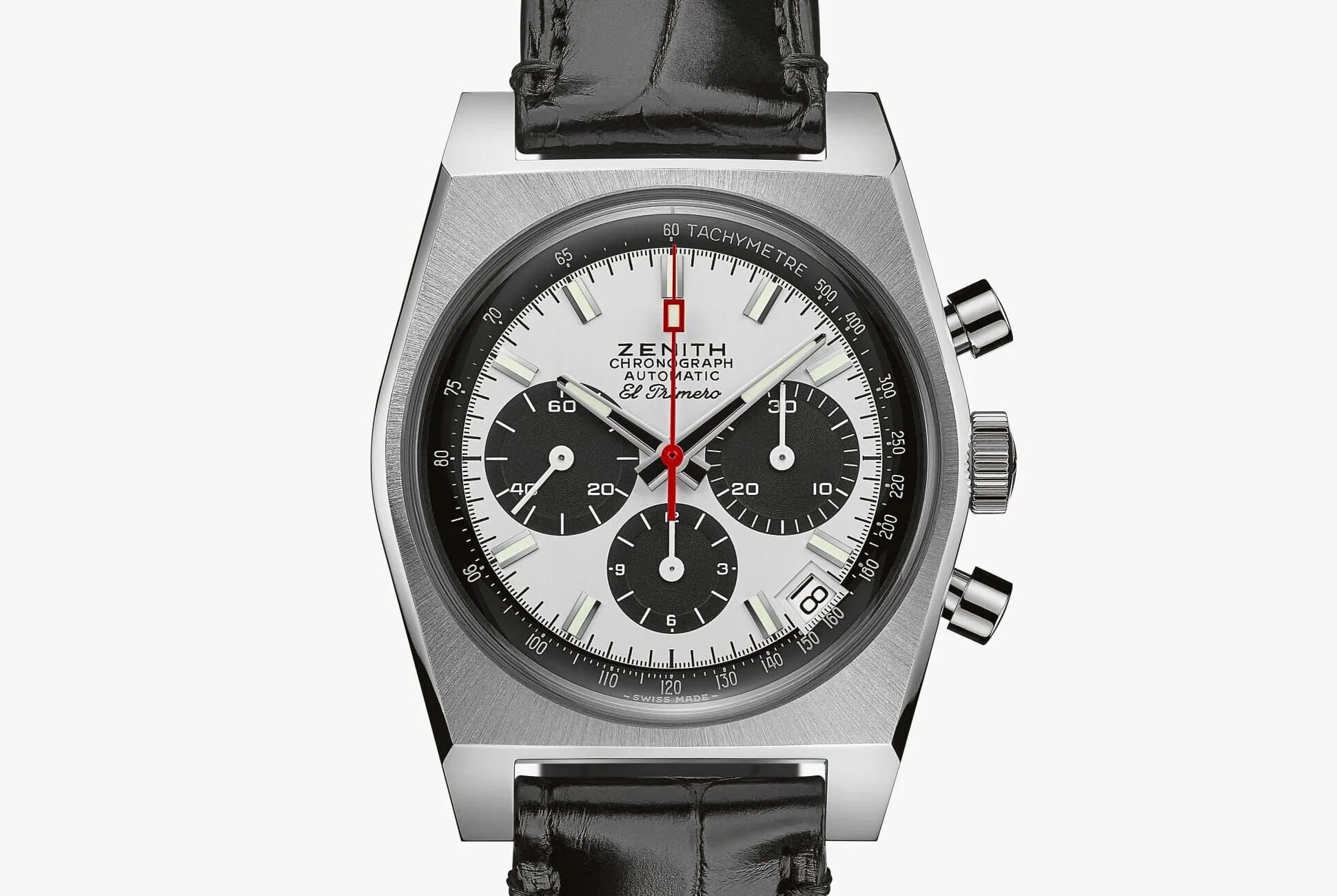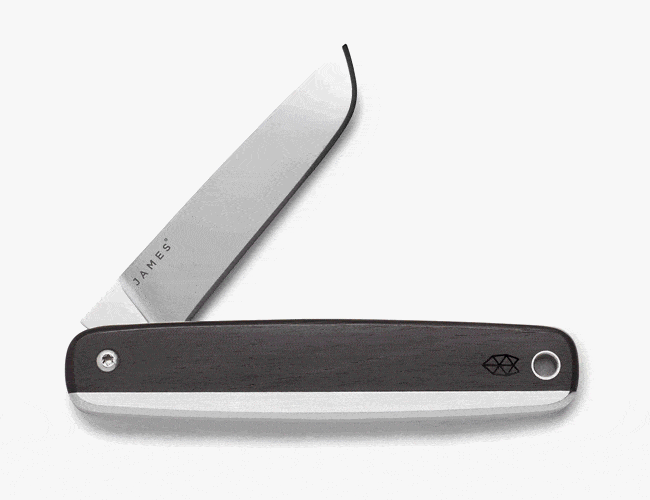The watch world’s vintage-inspiration trend may have reached a crescendo this year with multiple horological milestones of 1969 all commemorating 50-year anniversaries accompanied by watch homages of various kinds. As one of the first automatic chronographs, and an iconic movement and watch with the same name, Zenith’s El Primero is among them. The brand has marked the year with celebrations and special editions, and the latest entry in its “Revival” series is the Zenith El Primero A384 Revival. This is a faithful recreation of one of the first watches to feature the El Primero movement, and it’s the most distinctive yet.
The movement debuted in several different Zenith models in 1969, but the classic El Primero that has remained part of the brand’s modern collection is based on the A386 with its large, colorful, overlapping sub-dials and relatively modern case design. Even more historically accurate versions of the El Primero A386 were released earlier this year as a Revival limited-edition set. The A384, however, has a rather different look from the El Primero most known today, and Zenith reverse engineered a vintage model from 1969 in order to be as true to the original as possible.
The Zenith El Primero A384 has a distinctive case shape rarely seen in today’s watches but typical of the 1960s and 1970s. Its dial is more traditional, but collectors and vintage fans will approve of its “panda” colorway (white with black sub-dials). The new A384 Revival edition precisely maintains all these elements, including the original case size of 37mm. The El Primero movement is notable not only as a watchmaking first and having an unusually high frequency of 5Hz, but because it has changed relatively little since its introduction except for improvements offered by contemporary materials and production.
Interestingly, the El Primero movement itself, which forms the core of Zenith’s current brand identity and is arguably one of the most important movements ever produced, was nearly lost to history. After Zenith was sold to the American company of the same name in the 1970s, just a short few years after the debut of the El Primero in 1969, the watchmakers are engineers were ordered to destroy all the movement’s components and tooling. Quartz was the future, they insisted, and mechanical watchmaking was the past.
Thankfully, one man decided to defy his superior’s orders. Charles Vermot, a Zenith watchmaker in charge of the El Primero components and tooling, decided to hide all of the equipment, piece by piece, in one of the Zenith building’s attic in Le Locle, after he failed to convince his new bosses of the significance of the movement. He then quietly retired, never saying a word to anyone about what he did, even to his family.
Then, in the early 1980s, after Zenith had once again changed hands, Vermot was approached about the old tooling by someone who had heard rumors that it might still exist somewhere. Vermot hopped in his car, drove straight away to Le Locle, broke down the wall that he had built nearly a decade before, and there, perfectly preserved, was all the tooling.
“It’s an unbelievable story, but it’s a true story,” explained Julien Tornare, current CEO of Zenith. “At some point Charles’s wife came to Michel, Charles’s son, and asked him, ‘Michel, do you know what your father is doing? Why is he going out every night and on the weekends?’ She was becoming suspicious because he didn’t even tell his kids. This was a story that was in no book.”

